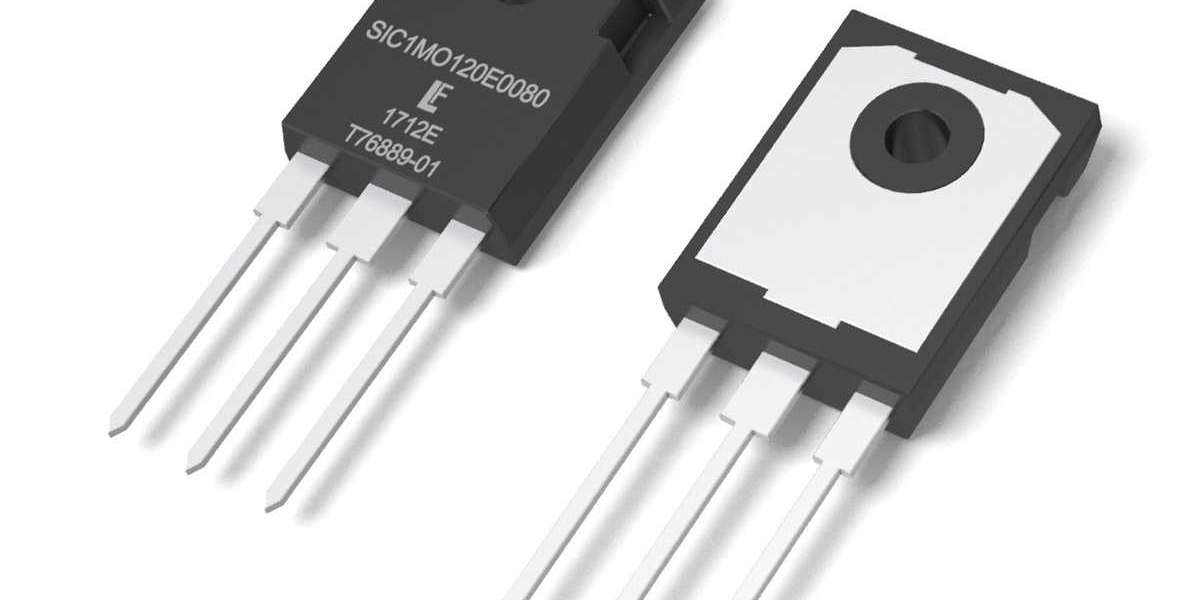The power electronics industry is undergoing a significant transformation, and at the forefront of this revolution are Silicon Carbide Metal-Oxide-Semiconductor Field-Effect Transistors (SiC MOSFETs). As demand for higher efficiency, reduced energy consumption, and enhanced performance continues to surge, SiC MOSFETs have emerged as a game-changer in various applications, ranging from electric vehicles to renewable energy systems.
Silicon Carbide, a compound of silicon and carbon, possesses unique properties that make it an ideal material for power semiconductor devices. SiC MOSFETs, in particular, stand out for their ability to handle higher voltage levels, operate at higher temperatures, and deliver lower switching losses compared to traditional silicon-based devices. This inherent advantage has propelled the widespread adoption of SiC MOSFETs across diverse industries.
One key area where SiC MOSFETs are making a significant impact is in electric vehicles (EVs). As the automotive industry shifts towards electrification, the need for efficient power electronics becomes crucial. SiC MOSFETs enable faster switching speeds, resulting in reduced power losses and increased overall efficiency. This not only extends the range of electric vehicles but also enhances their performance, making SiC MOSFETs a key enabler for the future of sustainable transportation.
Moreover, the renewable energy sector is experiencing a surge in the adoption of SiC MOSFETs. In solar inverters and wind power systems, where efficiency and reliability are paramount, SiC MOSFETs offer a compelling solution. Their ability to operate at higher temperatures ensures optimal performance in challenging environmental conditions, contributing to the overall efficiency and durability of renewable energy installations.
The industrial and power supply sectors are also witnessing a growing demand for SiC MOSFETs. The higher voltage handling capabilities of these devices make them suitable for applications requiring elevated power levels. This includes power converters, motor drives, and uninterruptible power supply (UPS) systems, where SiC MOSFETs contribute to improved energy efficiency and reduced system size.
However, as SiC MOSFETs gain traction in the market, challenges such as high manufacturing costs and limited availability of large-sized wafers need to be addressed. Industry players are actively investing in research and development to overcome these hurdles and make SiC MOSFETs more accessible for widespread adoption.



